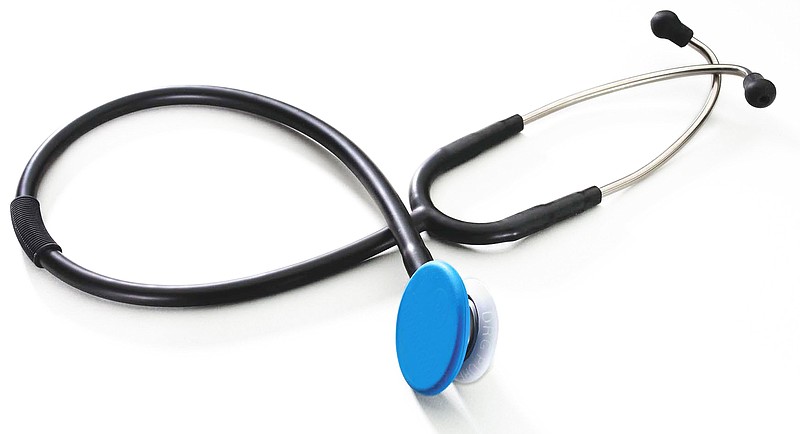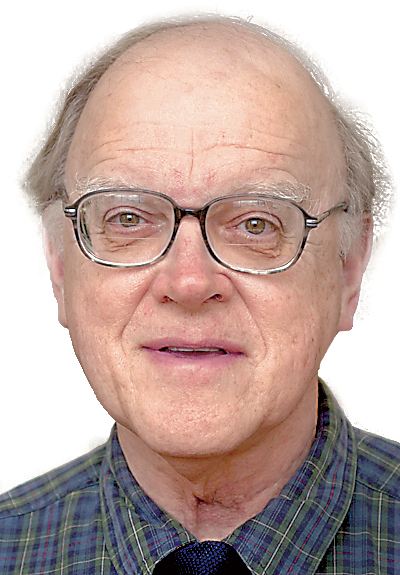During the 33-year run of "Mister Rogers' Neighborhood" on public television, preschool children and their parents enjoyed a remarkable sequence of programming that emphasized kindness in all our dealings with other people.
In this time of incendiary talk, we need Fred Rogers' reminder that we all have value and are due respect.
A native of Latrobe, Penn., a graduate of Rollins College in music composition and an ordained Presbyterian minister, Rogers initially worked behind the scenes of musical programs on NBC. Aware of the power of television, he set out to create a different style of programming for young viewers. Leaving commercial television, he worked as a puppeteer on WQED, the public television station in Pittsburgh, before launching the initial version of his trademark show for a station in Toronto, Canada.
"Mister Rogers' Neighborhood" debuted on WQED in 1968. His show featured puppets such as King Friday the 13th and Queen Sara and real-life characters such as Lady Aberlin and Officer Clemmons, one of the first African-Americans to have a recurring role on American television. In one memorable episode, Officer Clemmons arrived to find Rogers soaking his tired feet in a large basin of hot water. Rogers invited the policeman to remove his shoes and socks and join him. After they chatted, Rogers toweled his feet dry before drying the policeman's feet.
Each episode explored either a trait such as friendship or a childhood fear that could be dismissed once it was explained. Songs, field trips to shoe stores or groceries and mini-operas might be featured.
Imagine a Mister Rogers White House.
President Rogers enters the Oval Office singing, "It's a Beautiful Day in the Neighborhood." He replaces his coat with a cardigan and his shoes with slippers before sitting in his favorite upholstered chair.
"Today's word is 'health care.' And I've invited my friends Sen. McConnell and Sen. Schumer along with Rep. Ryan and Rep. Pelosi to think about this with me."
Everyone sits comfortably in a circle. Officer Clemmons passes out cookies and tea.
"When we are sick or hurt, we need someone to take care of us. Perhaps we will need medicine. Maybe the hurt can be fixed by our parents with soap and water, a Band-Aid and a kiss. Maybe we will need to see a nurse or a doctor or even go a hospital.
"The problem is that visits to the doctor or the hospital are expensive and many people don't have money or insurance to pay for care. So how can we make sure that every boy and girl and grown-up can receive the care that they need? How can we make sure that they receive their shots and check-ups so that they can stay healthy?"
The ground rules are simple. Each person speaks without interruption while everyone else listens. After each guest has spoken, Mister Rogers asks if anyone needs more tea before proceeding.
"All of us agree that every boy and girl and grown-up, too, needs to be protected against sickness and injury. They need to be able to see a doctor or dentist or nurse when they are unwell or hurt.
"Now let us close our eyes, while Lady Aberlin sings to us. And then we can take a walk in the Rose Garden and decide how we can fix this problem.
"I'm glad you could come to my office for a visit."
Contact Clif Cleaveland at ccleaveland@timesfreepress.com.

